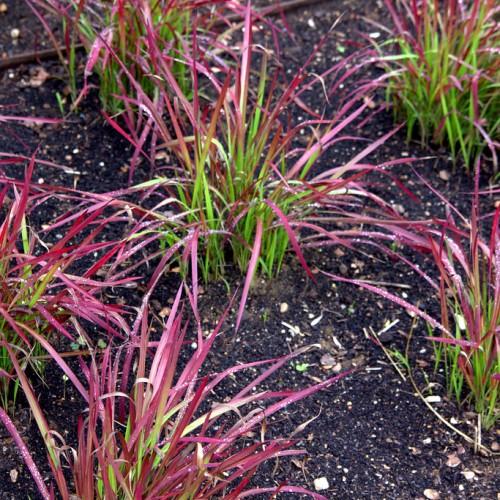
Japanese blood grass
Imperata cylindrica 'Rubra'
Cycle:
Perennial
Watering:
Average
Hardiness Zone:
5 - 9
Flowers:
Flowers
Sun:
Full sun,part shade
Leaf:
Yes
Growth Rate:
Low
Maintenance:
Moderate
Drought Tolerant:
Yes
Salt Tolerant:
Yes
Invasive:
Yes
Care Level:
Moderate
watering
Japanese blood grass should be watered deeply and thoroughly about once per week during the growing season (spring and summer). During hot and dry summer months, increase watering slightly, if the soil begins to dry out between weekly waterings; otherwise, stick with the weekly schedule. During fall and winter, reduce watering to once every 1-2 weeks. Always check the soil moisture level before watering, and only water when the soil feels dry to the touch. Avoid over-watering, as this species does best with some water stress.
sunlight
Japanese blood grass (Imperata cylindrica 'Rubra') requires full sun to partial shade, preferably 6 to 8 hours of direct sunlight per day. The ideal location is an area with morning sun and some partial shade in the afternoon. It will also tolerate full shade, but may not produce as vibrant of foliage color or an abundance of flowers.
pruning
Japanese Blood Grass should be pruned 2 to 3 times a year. Prune in mid-spring, mid-summer, and late-fall to ensure the plant remains healthy and grows its strongest. Start by cutting off old foliage to new growth and remove any dead or diseased foliage as it appears throughout the season. Dead growth should be approximately 1/3 of the plant, removing no more than that so the plant can continue to flourish.
